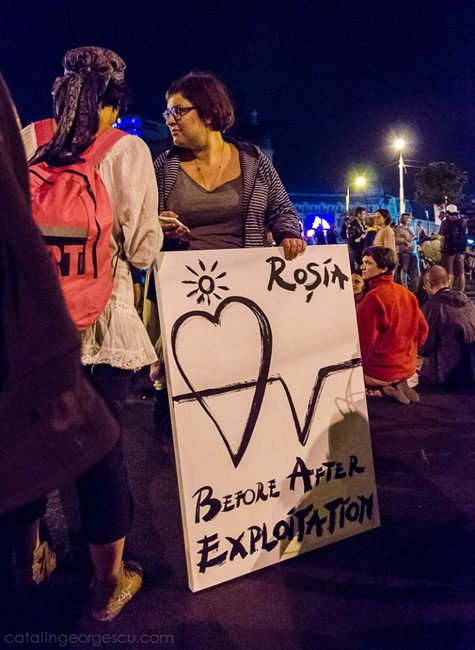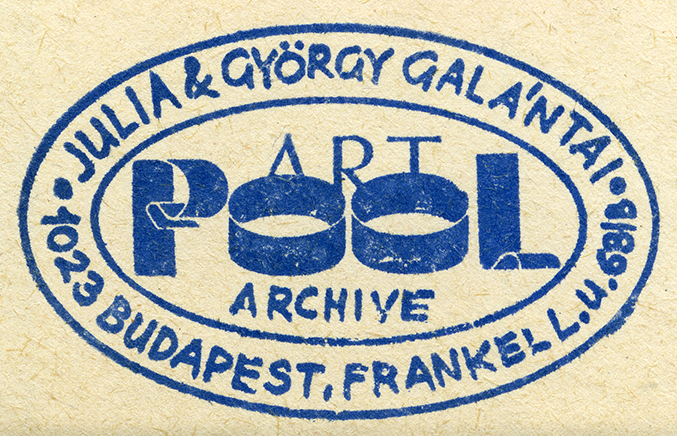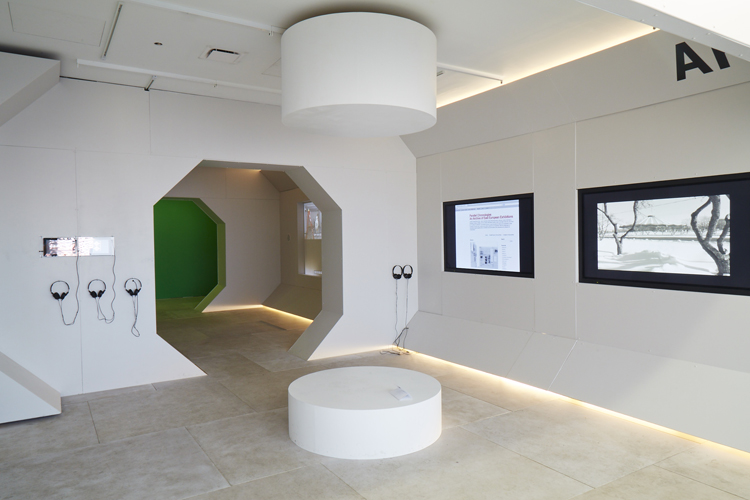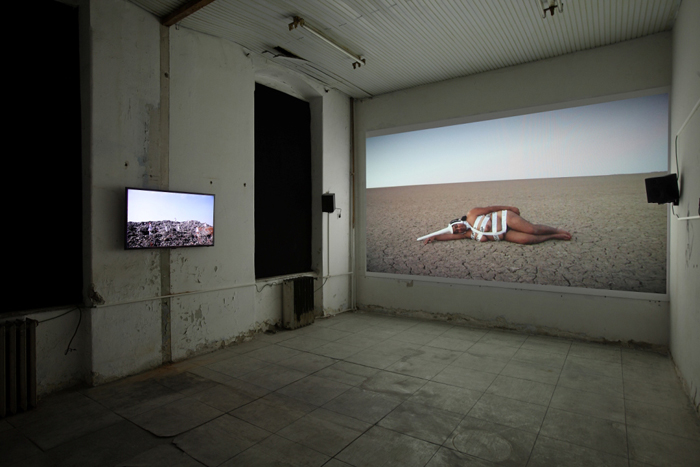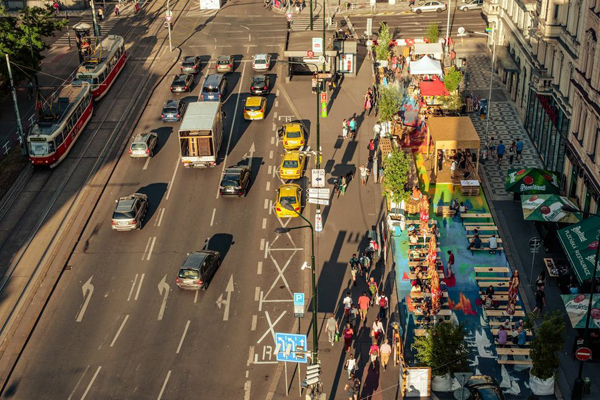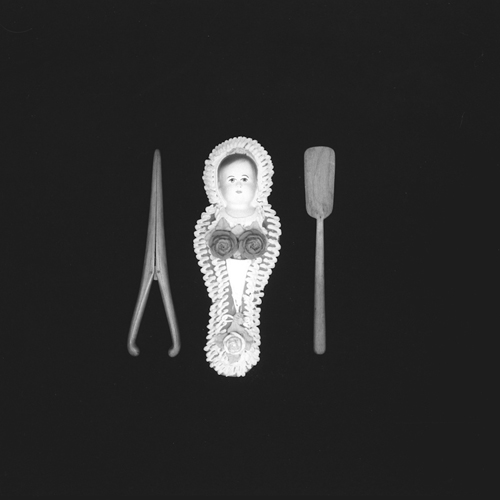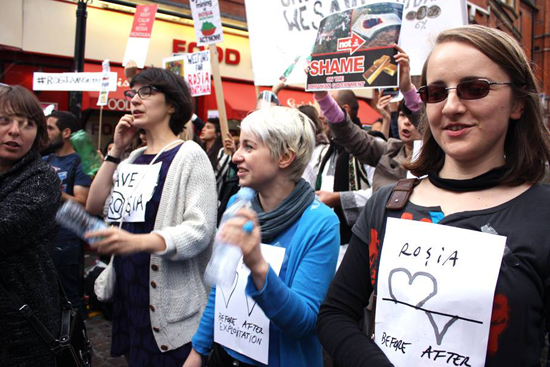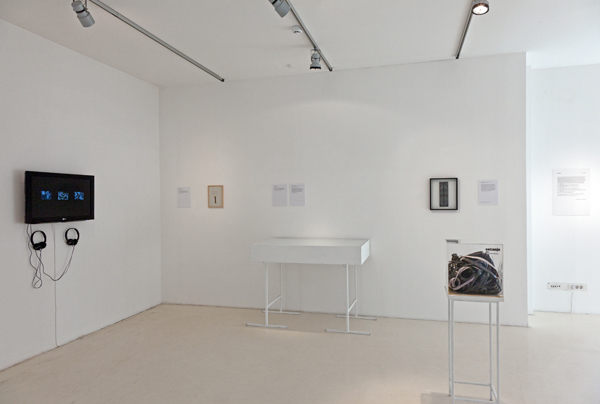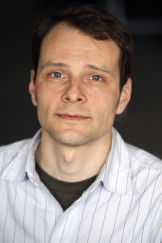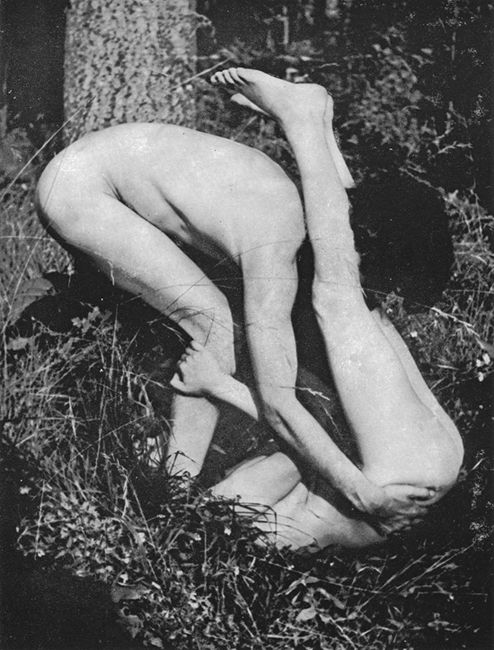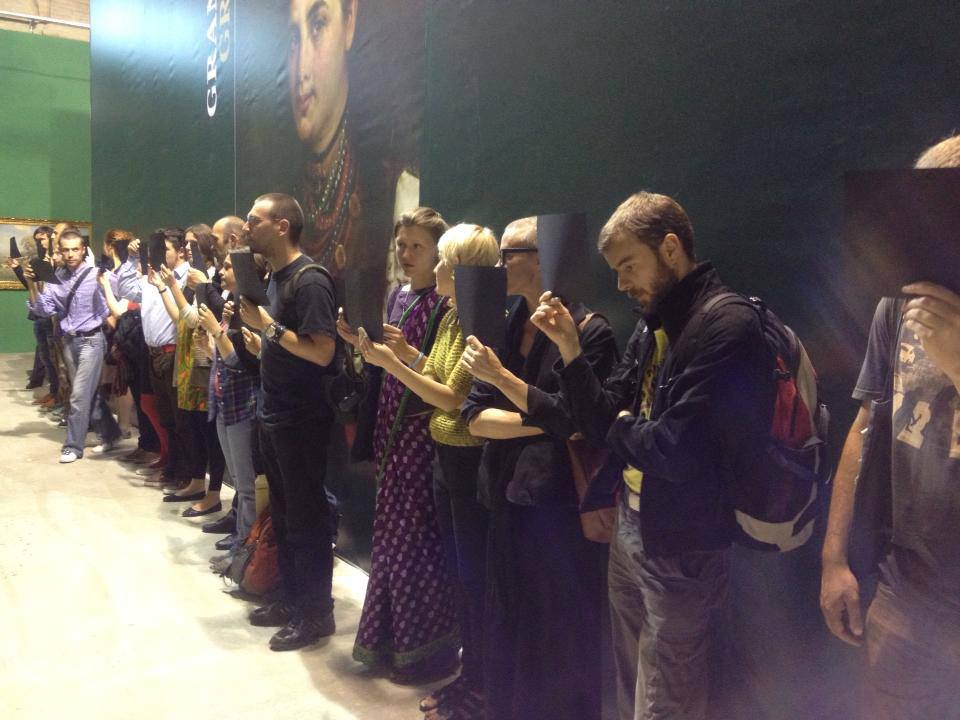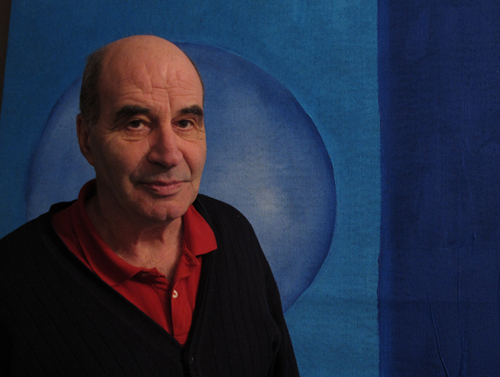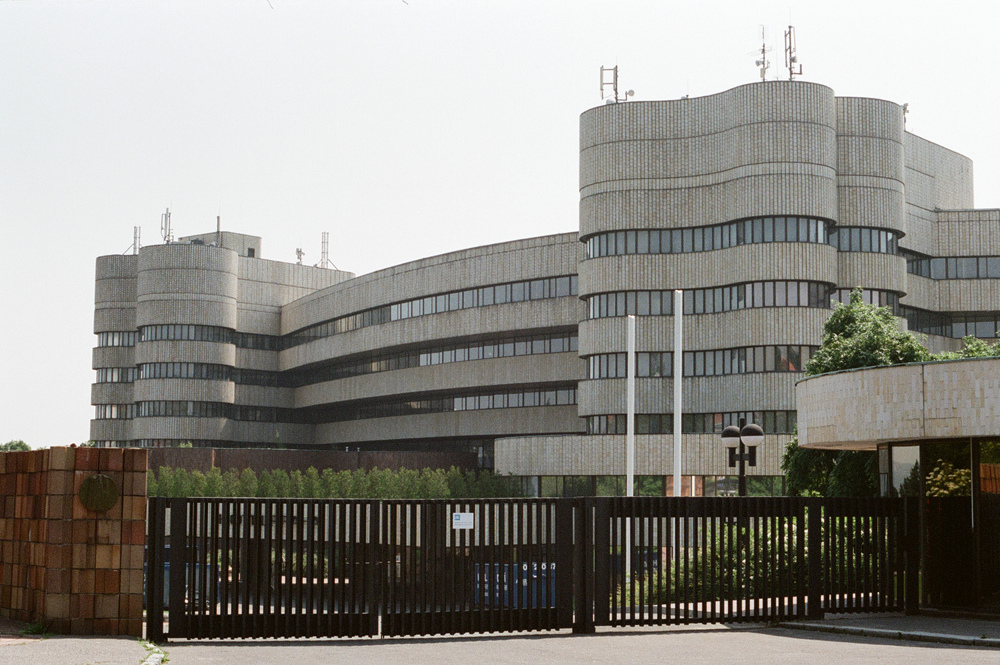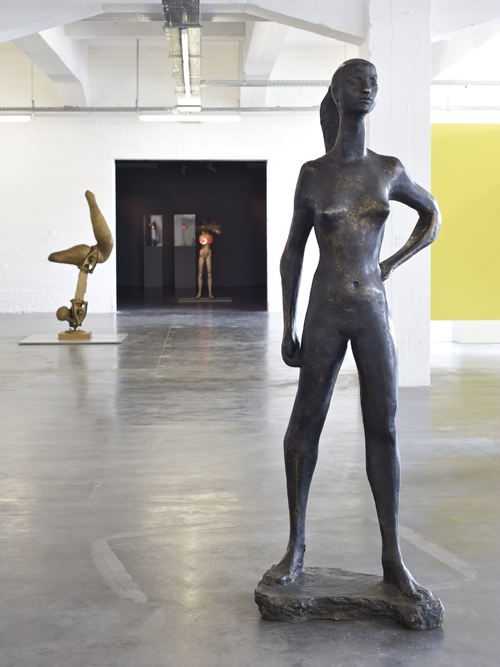Manuals for Public Space: An Investigation and Intervention into Public Space
Since 2006, Matej Vakula has researched and documented the increased surveillance and politicization of public space throughout the globe, from Slovakia, Poland, and the Czech Republic to Boston and New York City. Observing how public space serves the interests of the public less and less, and how spaces that were once public are now claimed and held by private and government factions, Vakula was inspired to create Manuals for Public Space (MfPS). Rooted in open-source philosophy, MfPS is a participatory multi-platform project (based in Brooklyn and Slovakia) that includes interventions, an interactive blog and website, and printed manuals that outline … Read more


